Problem Focus Area
Our design team focused on the problem of GPS mapping and navigation applications’ lack of accessibility features, which makes them inadequate for people with physical disabilities.
Individuals who use wheelchairs, other mobility devices, or who have other mobility limitations have unique needs and goals when using route-planning applications such as Google Maps. These users rely on map applications to plan their route and arrive at their destination, but the lack of accessibility information makes it difficult to plan a route accurately.
Existing solutions largely fall into groups of general-purpose applications that lack deep accessibility consideration but have other rich features, and solutions that target accessibility features but lack navigation features.
Many tools of both types fail to include critical information, such as the presence and locations of elevators or the slope of a pathway. Few existing solutions include information required for navigating within a building. Most solutions that do cater towards users with accessibility needs focus on accessibility features at a destination (i.e. ADA compliance), but the process of navigating to or within the destination is largely overlooked.
Users & Stakeholders
The primary users and stakeholders of this design will be people who use digital navigation tools and require accommodation for mobility issues. Secondary stakeholders include friends, family, and the healthcare team of primary users.
Solution Direction
The scope of the final design proposal will likely involve a software update to commonly used navigation applications (e.g., suggesting an update to Google Maps or Apple Maps within the app's existing framework), or an improved method to access accessibility information available from other accessibility-focused platforms. The design may use any of the existing interfaces, such as mobile phones, smart watches, or computers.
The design solution will focus on the usability of these features for a user requiring accessibility features and will not focus on how such a solution may be implemented by any single corporation or how such data may be gathered or maintained for the purposes for implementation. The proposed design solution will also not include any novel hardware for how such applications might be used (i.e. no new smart glasses).
Our Team
Montréal Design is comprised of a team with diverse backgrounds and a shared interest in accessibility.
-
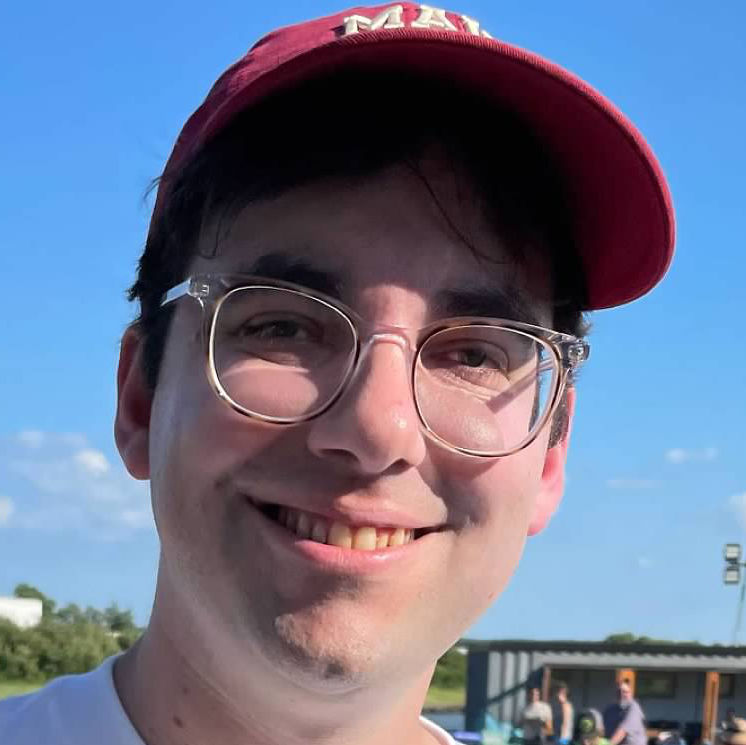
Sidney Grabosky
Team Lead, Web Dev
-
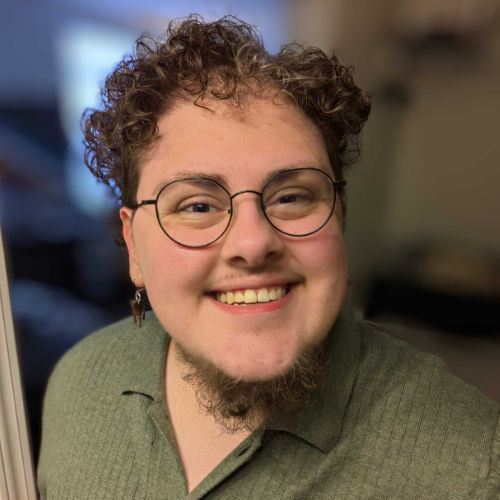
Andrew Ratayczak
Graphic Design, Outreach
-
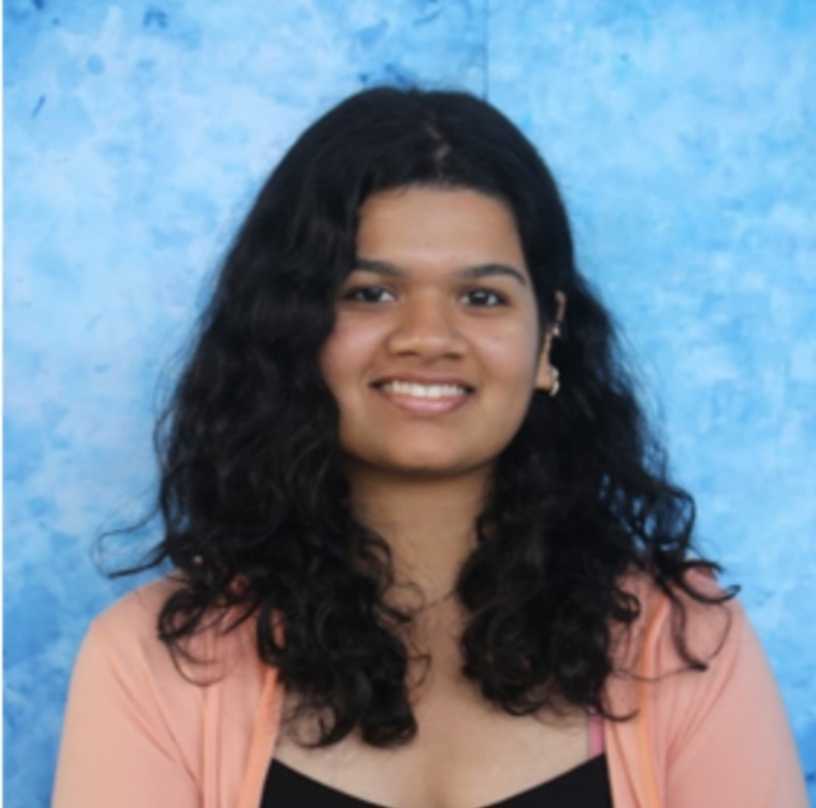
Nidhi Bangera
Copy-editing, Sociology
-
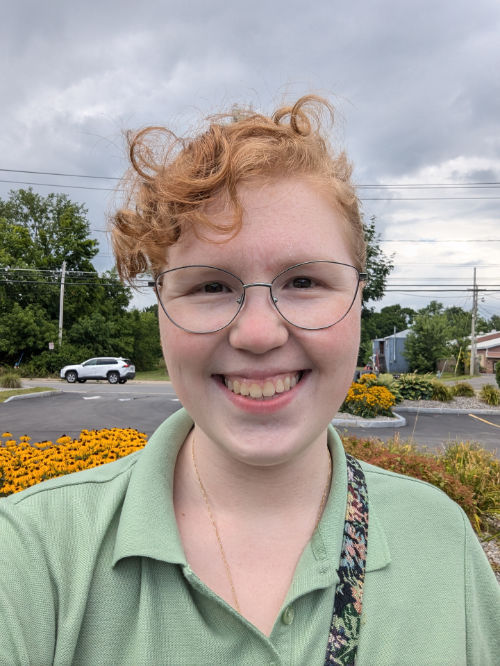
Maegan Fish
User Interviews, Psychology
-
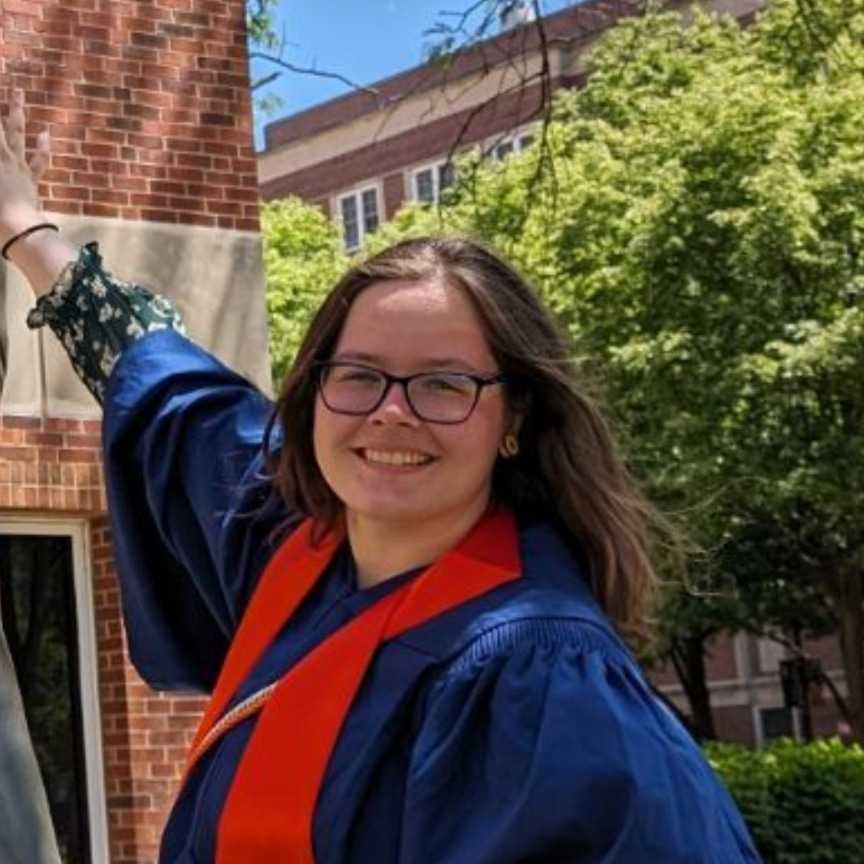
Stephanie Patterson
Prototyping & Design
-
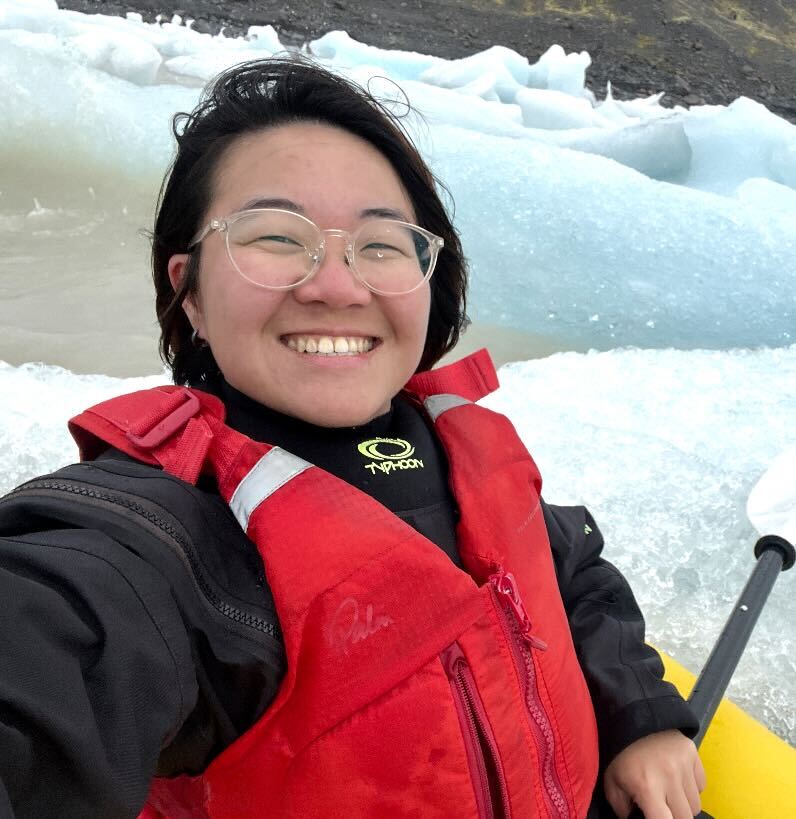
Vivian Wong
User Interviews & Research